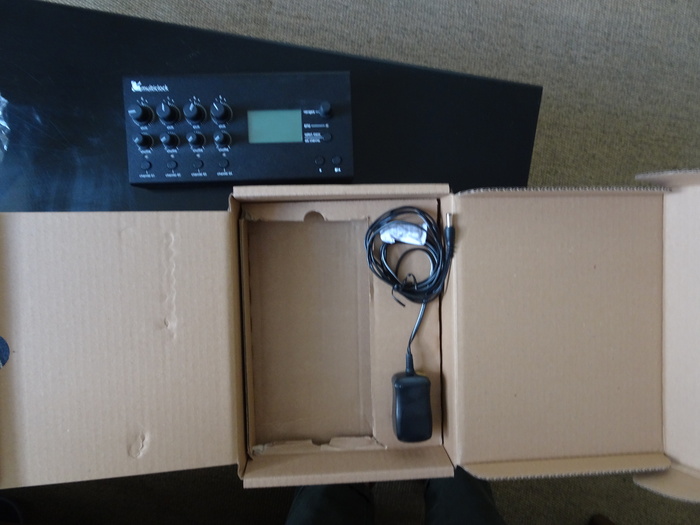

If it's acceptable for you great! Having fixed latency with Link is acceptable to me because I can correct it and it's jitter free. I don't have GR-16 and don't really want to buy it just to prove a point.

That's why there is positive and negative latency correction in GR-16. I mean, you essentially even get a "preview" of the incoming timeline depending on how much prebuffering the clock source does. That's why there is positive and negative latency correction in if you choose to receive MIDI packets ahead of time, and the clock source sends them with timestamps ahead of time too, then there should be absolutely no jitter and no need for smoothing either. negative) latency correction will kick in and make it 100% tight. For the first few milliseconds you're right, but then the forward (i.e. But GR-16 following even the best clock will have latency too. It's impossible not to have some latency with Link. There is no way it if you choose to receive MIDI packets ahead of time, and the clock source sends them with timestamps ahead of time too, then there should be absolutely no jitter and no need for smoothing either.

#Erm multiclock used how to
GR-16 follows everything done on the hardware with no audible latency whatsoever, if anyone can show me how to achieve that with LINK, I'd love to learn how Just tried again syncing with GR-16 as a clock slave, it works perfectly! Fast tempo changes, intermediate start/stop/continue, "stutters". With hardware, I've never needed timestamps, neither with the iOS apps that work properly. GR-16 follows everything done on the hardware with no audible latency whatsoever, if anyone can show me how to achieve that with LINK, I'd love to learn if you choose to receive MIDI packets ahead of time, and the clock source sends them with timestamps ahead of time too, then there should be absolutely no jitter and no need for smoothing either. this would be a good thing for MIDI 2.0 to address (didn't look at the spec draft yet myself.) but for hardware, that would also require that all devices had a common, near-perfectly synchronous clock reference to begin with (as otherwise, the timestamps wouldn't make any sense). Yeah, I was talking mostly about iOS App iOS App, where this already works. Being able to receive timestamped MIDI packets is only possible if you have specific hardware which barely anyone owns. Sync all your drummachines, grooveboxes, sequencers, arpeggiators and effects with a stable MIDI Clock or DIN sync/sync24 signal.If you choose to receive MIDI packets ahead of time, and the clock source sends them with timestamps ahead of time too, then there should be absolutely no jitter and no need for smoothing either. There is also an analogue LFO available with various waveforms and optional frequency quantization to connect to the Eurorack world.

You can configure the modular clock output mode in every possible way: choose the polarities of the signals, select the start or reset behavior for each channel individually and set clock dividers. VST, AU and AAX plugins for all major DAWs are provided, or you create your own sync loop with our sample. No drifting involved, everything on the grid. Synchronization of the multiclock to a DAW relies on a sample accurate audio clock stream, which in consequence guarantees absolutely tight clock signals with ☑ sample of jitter. Brand new unopened E-RM Multiclock - Professionally sync all your electronic Instruments and Software.


 0 kommentar(er)
0 kommentar(er)
